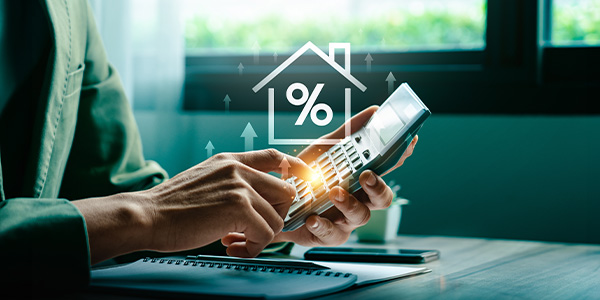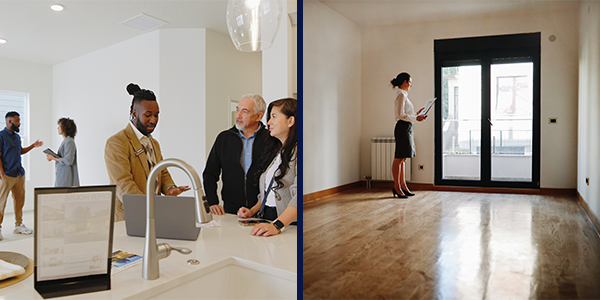Homebuyers
Money for the Taking: Down Payment Assistance
September 3, 2018
Coming up with enough for a down payment doesn't have to be a reason to delay the purchase of a home. With over 2,200 down payment assistance programs available across the country—all with the intent of making homeownership more affordable to more buyers—you may be much closer than you think to making a purchase.
The Nature of Assistance
Assistance comes from numerous entities. These include state housing finance authorities, local municipalities and counties, and neighborhood groups and nonprofit organizations. Employers who are having difficulty recruiting talent to their locations, which are as likely to be rural as they are urban, may also offer help.
High-priced areas like Los Angeles, Miami, Denver, and New York City offer the most assistance. According to a joint study conducted by Realtor.com and Down Payment Resource titled, "10 Priciest Metros Where Buyers Can Score the Most Down Payment Help," the average assistance can range from just over $12,000 to $40,000 in some areas.
That help can come in a variety of forms and, if you qualify for multiple programs, it can also be layered for greater affordability. These programs may include non-repayable grants, forgivable loans, mortgage credit certificates of up to $2,000 in annual tax credits, deferred loans (often without interest), and low-down-payment mortgages.
Who Qualifies
While most of the programs are intended for first-time buyers, many are also available to experienced homeowners. Typically, there are income and sales price limits, but these can be generous, depending on the program's underlying incentive. Often, needs-based criteria are a factor to help lower-income families make the move to private ownership. However, this is not always the case. Among the audiences most targeted by these programs are law enforcement and municipal employees, healthcare workers (including nurses), teachers, firefighters, anyone with a military background, and disabled individuals.
In nearly every case the buyer will be required to be an owner-occupier to access these programs, not an absent landlord or occasional resident. Often, there is a minimum buyer investment and an education-counseling requirement that may need to be met. The biggest requirement is being able to qualify for a first mortgage based on your credit, current debt exposure, and income.
Finding Down Payment Gold
As you start to think about homeownership, it is a good idea to look into the programs that serve your area. Check with your state's financing authority, then research the availability of other programs that may benefit your profession and the neighborhoods you are considering.
Your real estate agent and loan officer are also good resources. Different lenders are involved in a variety of community initiatives, and most offer access to loans with low down payment options. These include Federal Housing Administration (FHA) mortgages (which have 3.5% minimum down payment requirements), Fannie Mae's new Conventional 97% mortgage, and Freddie Mac's Home Possible mortgage. If you are a veteran, the U.S. Department of Veterans Affairs offers VA mortgages with no down payment requirement. Similarly, U.S. Department of Agriculture (USDA) mortgages also offer a zero down payment option.
While having a down payment enables you to have equity in your home from the start, purchasing it with the help of a down payment assistance program can let you start building equity faster and more affordably. With so much money available, it doesn't hurt to see if you qualify to claim some for yourself.
Be sure to check our resources on which first-time home buyers grant and first-time home buyer program(s) are available in your area. Also, use our Home Affordability Calculator to find out how much you can afford.





 Smart Moves Start Here.
Smart Moves Start Here.